I watched a TED Talk by Luis Alberto Urrea, and like most TED talks I agreed with every word, but five minutes later I couldn’t remember a one of them. What did stay with me was how smart and well-spoken Urrea was. He has better than a dozen books to his credit, both fiction and nonfiction, as well as numerous awards including a Pulitzer Prize nomination on 2005.
House of Broken Angels is a wonderful book of laughter, family, and heartbreak. Elderly and beloved Mamá has died and grand funeral is planned. The funeral coincides with patriarch Big Angel’s birthday, and he is terminally ill. Big Angel can’t last much longer; his condition worsens daily. The very extended de La Cruz family on both sides of the California – Mexico border comes together for a large farewell party to honor Mamá and Big Angel.
More and more family arrives, and there is food, and there is laughter, but old grievances too. Some to be resolved and forgiven, others as fresh and venomous as ever. New feuds emerge as well. Obscure relatives and friends materialize. Estranged relatives hold back, unsure how they will be received, the pros and cons of reestablishing family contact an ever shuffling deck of emotions. A successor must be chosen for Big Angel, and the logical choice refuses the role.
I loved the world of this book and the de La Cruz family in all of its engaging glory: the romances, the shifts in power, the unresolved mysteries, stories of benevolence, stories of grief and need. The quirky details will make you smile, and the big ideas of the book are very moving and real.
The House of Broken Angels by Luis Alberto Urrea. Little, Brown and Company, March 2018.
Reviewer bio: Doug Mathewson is the Founding Editor of Blink-Ink. His own writing can be found at: www.little2say.org.
Buy this book through our affiliate Bookshop.org.

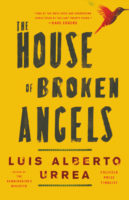
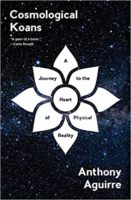

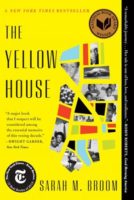

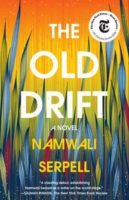
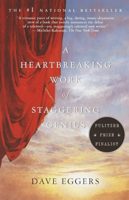
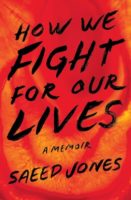
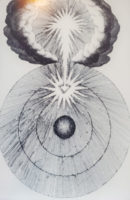
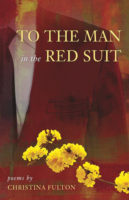
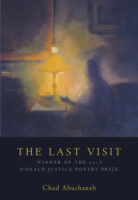
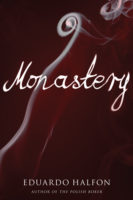
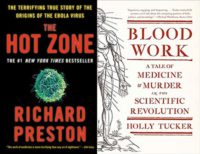
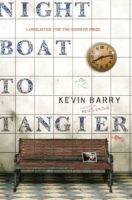
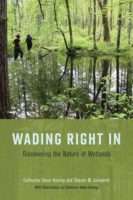
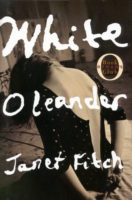
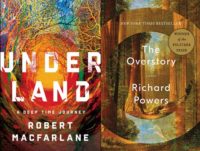
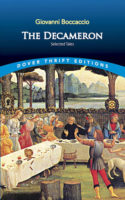
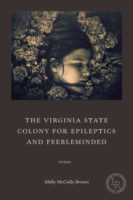
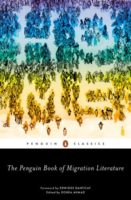
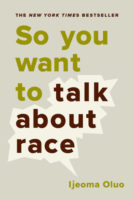
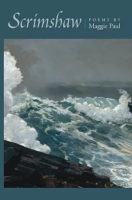
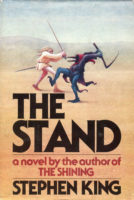
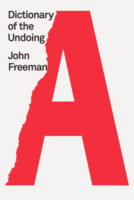
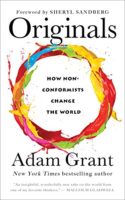
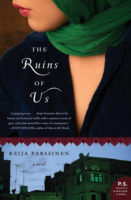
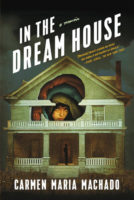
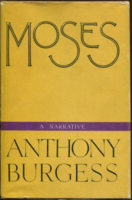
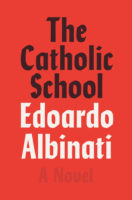
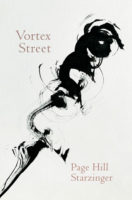
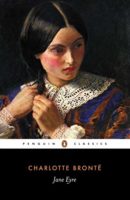
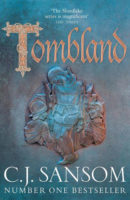
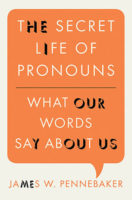
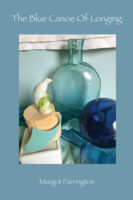
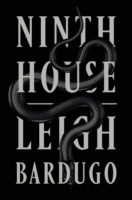
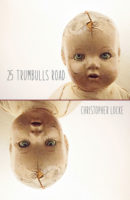

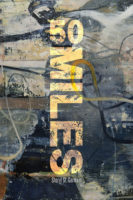
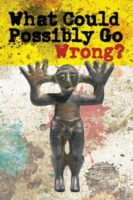
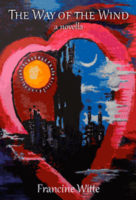
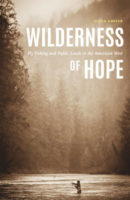
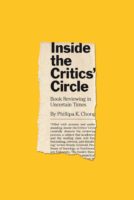
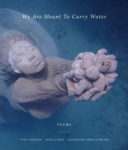
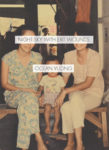
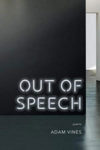

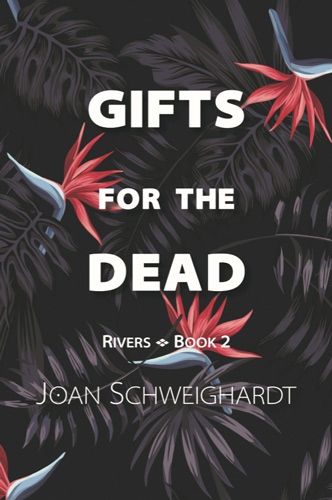 Sometimes our best is not good enough. We make mistakes. The most painful ones are those that harm a loved one. Stress and grief leave us in agony, and we play our choice repeatedly wondering if we made the right decision. We cannot let ourselves off the hook either merely because we are human.
Sometimes our best is not good enough. We make mistakes. The most painful ones are those that harm a loved one. Stress and grief leave us in agony, and we play our choice repeatedly wondering if we made the right decision. We cannot let ourselves off the hook either merely because we are human.